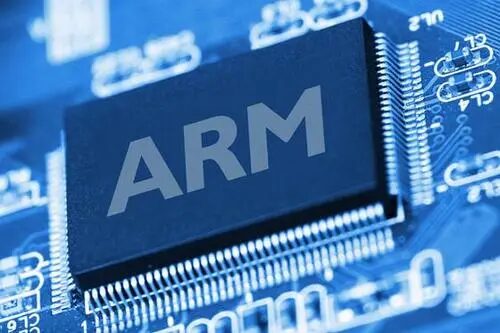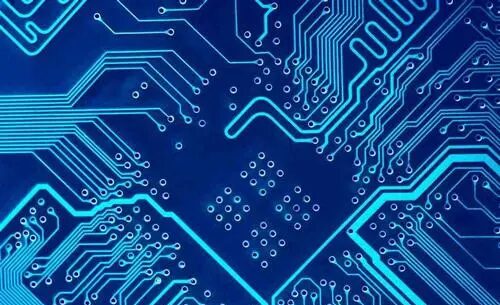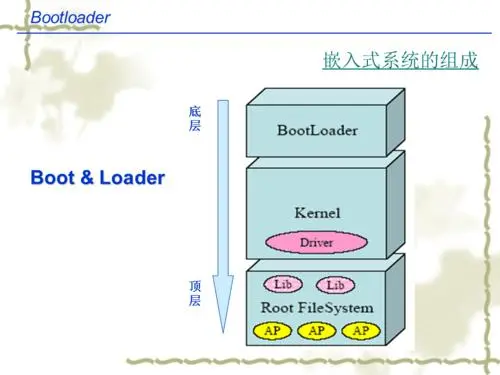

1
Purchase a Development Board

2
Write Programs Hands-On

3
Write Character Device Drivers


End
● What Level is Considered Proficient in Linux?
● A Trip Down Memory Lane: DIY Snake Game, What More Could You Want?
● Huawei’s HarmonyOS May Enter the European Market Next Year, Competing with iOS and Android

